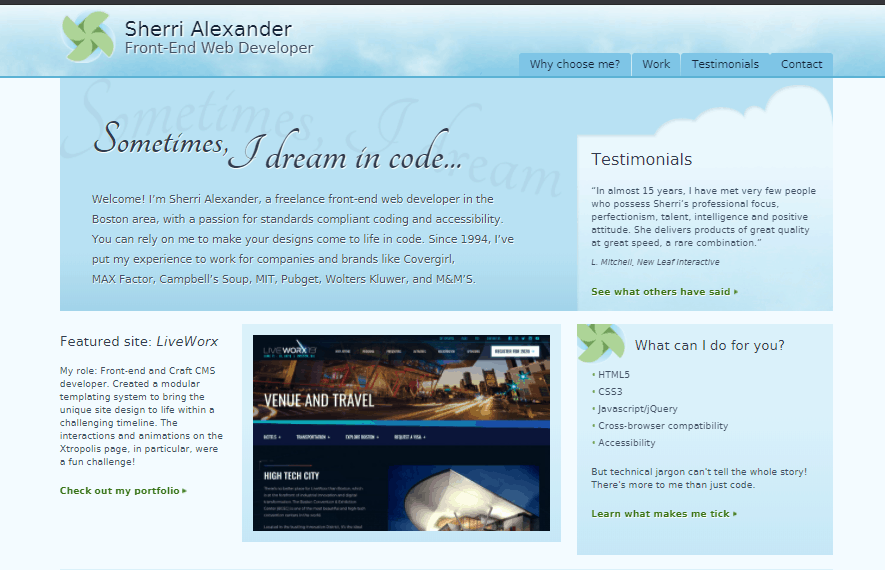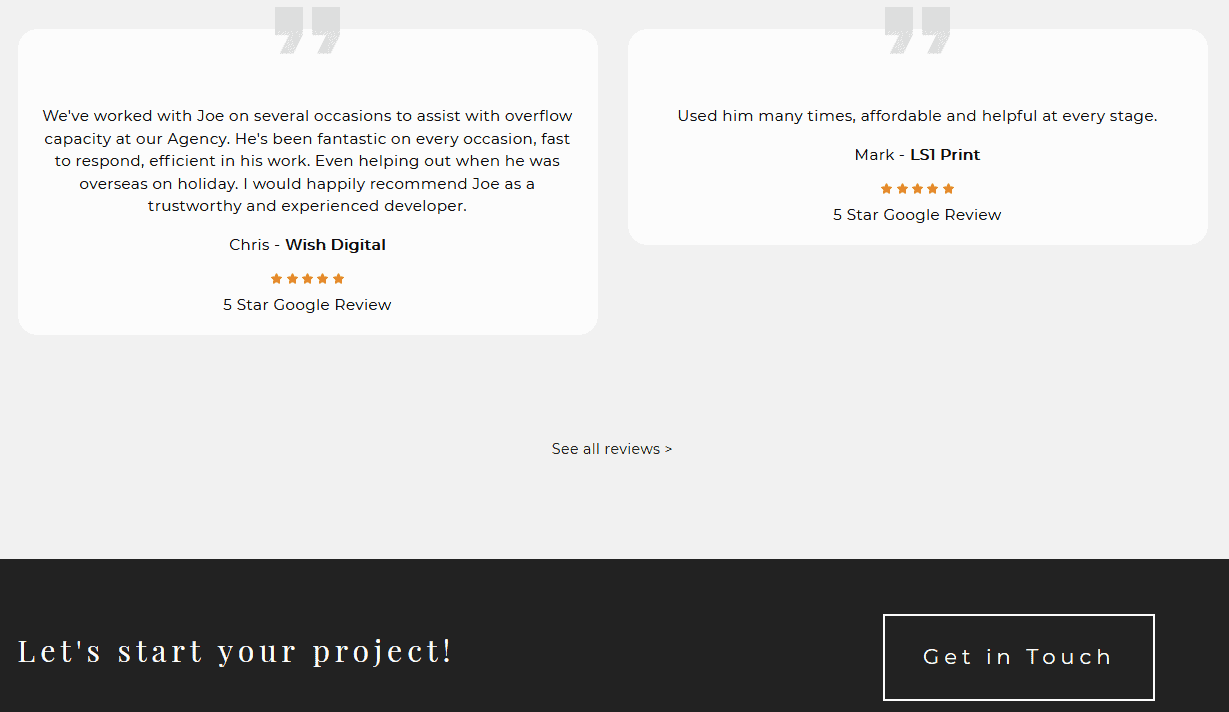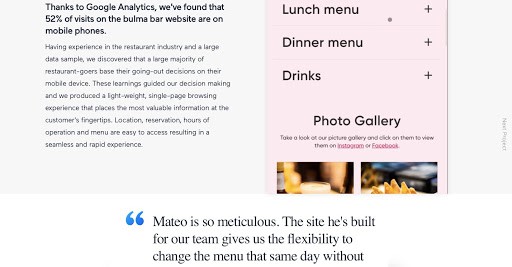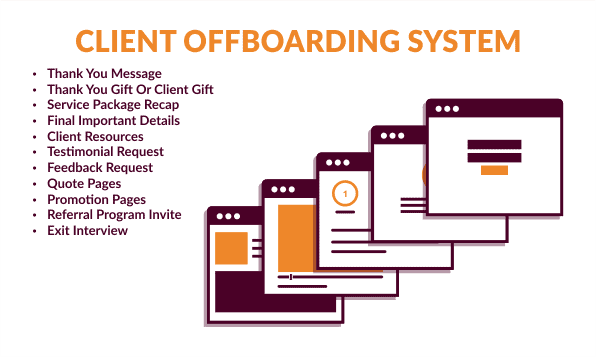Most of us have, at one time or another, bought something because it was recommended to us by someone we trusted. This desire for human validation is part of human nature, according to Social Proof Theory. We look to other people to emulate their actions in a given situation. And our desire for human validation can impact our purchasing choices.
Freelance developers, like many service providers, can take advantage of this proven psychological principle. One of the best ways to attract new clients is to use social proof in the form of testimonials from happy customers. According to Optinmonster, testimonials on a sales page can increase the number of sales or inquiries by 34%.
But how do you gather those testimonials? And when you’ve got them, what do you do with them?
In this article, we’ll look at the benefits of testimonials and how to leverage testimonials to grow your business as a freelance developer.
To make the article actionable, I have illustrated my points with examples from freelance developers and programmers. They have allowed me to share how they use testimonials for their business in this guide.
When Should You Collect Testimonials
In marketing and advertising, testimonials are statements that praise a product or service, by people who have used it. Here’s an example from developer Ian Lunn:

Ideally, you should seek testimonials from clients you have worked with recently. Putting a system in place to review the quality of your work with clients is a good way to identify what you’re doing right and where you have problems.
Most companies and many consultants will get client feedback as part of their offboarding program. An offboarding program is a system for reviewing the quality of your service delivery at the end of a contract. A good offboarding program will do three things:
- Make the client feel valued
- Gather information about the quality of your service
- Try to generate a referral for more business
Of course, you can do more. This graphic provides a nice snapshot of the kind of things you might want to deliver and request as part of your client offboarding process.
If you haven’t got such a system in place, I suggest you consider adding one. Adding a system for collecting feedback from existing customers doesn’t stop you from getting feedback from previous clients.
Start by making a list of everyone you have worked with in the last three months or so. With these clients, you’ll still be fresh in their minds. You can go as far back as six months to a year if necessary. I’d avoid going back much further.
How To Collect Testimonials and Who You Should Ask
The easiest way to collect a testimonial is to discuss your offboarding process with a client before the end of the project. The process doesn’t need to be complex. However, at a minimum, I recommend you conduct a client exit interview, as I mentioned earlier.
When collecting testimonials, try to gather feedback that would impress the various stakeholders involved in hiring. The kind of testimonials that would impress a senior IT engineer aren’t necessarily the same feedback that would impress a CEO with limited knowledge of programming.
For this reason, when requesting a testimonial, try to ask service-specific questions. For example, for the senior IT manager, ask for technical feedback on your coding. For the CEO, ask questions focused on the positive outcomes of your work. For example, “How much money would you estimate solving the software bugs saved your customer support team?”
Don’t ask people what they thought of your work. Vague questions get vague answers.
Don’t forget to monitor your requests, too. Email tracking tools allow you to determine who opened your email and when. Using this information, you can either send a follow-up or cross them off your list and move on to the next client.
How To Benefit From Testimonials as a Programmer
Congratulations, you’ve received some fantastic testimonials. Now it’s time to leverage them to land the amazing projects you deserve. Here are the best ways to use client testimonials. Apply the following strategies to your business, and I’m sure you’ll reap the benefits of testimonials, namely, an increase in customer inquiries.
Include Them on Your Homepage or Custom Landing Page
If someone is interested in hiring you, the first thing they’ll do is Google your name. A developer who doesn’t have a strong online presence does not inspire confidence!
A good way to own the search engine results pages (SERPs) is to set up a website, which will be like your online CV. Ideally, the homepage of your site should have some testimonials and a list of services. Here’s how developer Sherri Alexander does it:

Seeing instant social proof of the great job you’ve done for previous clients can help convince them you’re the right person for the job. You can use landing page software to build the perfect page.
Make Them Visible in Your Blog
If you don’t yet have a programming and development blog, start one today! Blogging not only drives traffic to your site but also allows you to share your knowledge with potential clients. It’s also a great way to show off your personality and let your audience get to know you.
It’s a good idea to include testimonials on the blog. A nice testimonial on your sidebar, where they are immediately visible but do not interrupt the reading experience, is a great option.
Place Them Near Calls-To-Action
The call to action (CTA) is where you tell the reader what you want them to do. In this case, you might be asking prospective clients to check out your portfolio or get in touch with you for a quote. It’s a great idea to include testimonials near CTAs. If a prospective customer can read about the amazing results you got for a recent client, they’re more likely to hit that “hire me” button and get in touch.

Above, we have an example from freelance developer Joe Huggans, who places his testimonials directly above his “get in touch” button. If the potential client is convinced, they can click on the “Get in Touch” button and contact Joe straight away.
Add Them to Your Case Studies
Your case studies are a detailed analysis of a past project, what you achieved, and why it worked. A case study is already a powerful tool to use to sell your services. A case study combined with a client testimonial is the magic formula to make a prospective customer hire you.

Mateo Stabio is a freelance developer who always includes a testimonial with each case study. Including the quote from the satisfied client strengthens the impact of the case study.
Share Them on Social Media
Social media is an effective marketing channel for promoting your services. You don’t have to be active on all the major channels, but as a developer you should have a professional presence on Facebook and LinkedIn at a minimum.
You can share testimonials on your Facebook page either manually or through the Facebook reviews feature. LinkedIn’s Recommendations section is a great place to show off your client testimonials, too.
For LinkedIn, just remember that the client needs to enter the testimonial directly on the platform. If you get any video testimonials (more about that in a minute), you can also share them on your social media pages.
Make Them Part of Your Email Marketing Sequences
Email is one of the most effective digital marketing channels for sales. Through an email list, you can connect with your readers, educate them about what you do, and try and sell your services.
You can use testimonials in your email marketing to sell your service. For example, you can send a sequence of emails to anyone who signs up to your list. Your introduction email sequence might look something like this:
- Day 1: Deliver a content upgrade to your subscriber, and introduce yourself.
- Day 3: Email some coding tips. Possibly give them a link to a YouTube video or PDF.
- Day 5: Share a case study where you show how you fixed a problem your ideal customer might have.
- Day 7: Discuss your services, and provide a testimonial.
You can also use testimonials in outreach emails you send to prospective clients. For example, you might send an inquiry to a business that you think needs your services. You can use a testimonial as part of your sales pitch.
Round Them Up on a Testimonials Page
It’s always a good idea to collate all your testimonials on one page. Collating testimonials on one page allows prospective clients to see your accomplishments at a glance. Here’s an example from freelance developer Krista Simmons, who uses a scrolling testimonials carousel on her website:
Image Source: kristasimmons.io
Including the name, company, and a picture of each former client lends credibility to the testimonials and assures site visitors.
Make Video Testimonials
Your testimonials do not have to be text-based. Why not ask a client to film a very short video testimonial? You don’t require expensive video equipment or a lot of editing to create a video testimonial. Simply speaking straight into the camera is sufficient.
Once you’ve gathered some video testimonials, you can share them on your YouTube channel, post them to your social media pages, add them to your website homepage, or even edit them together into a montage.
Using Client Testimonials To Get That Gig

Therefore, don’t be afraid to reach out and ask for testimonials. Clients who were delighted with your services will be only too happy to help you get more work. And once you’ve got them, follow my top tips to make the most of them.
You should use testimonials throughout your marketing. As a freelance programmer with a website, make sure to include testimonials on your website’s homepage, in your case studies, and even on the sidebar of your blog. The main thing is to ensure that testimonials are placed prominently near places where you want people to take action, for example, filling out an inquiry form or clicking on a link through to your sales page.
In addition to using testimonials on your website, you can also share them on social media, use them in your email marketing, and collect them on a testimonial page that you could use in presentations to potential clients.
The key to leveraging testimonials is simple: Put yourself in the shoes of your potential client. What do they want to see? What would convince them to hire you?
If you consistently wow your clients and then use those successful projects as social proof, you won’t have a shortage of new gigs.
Good luck!

